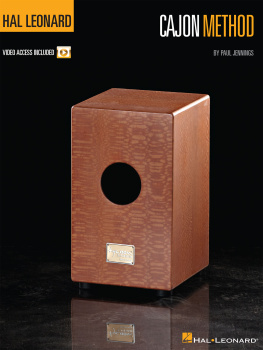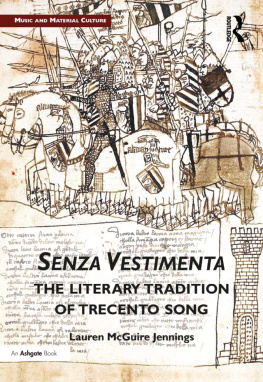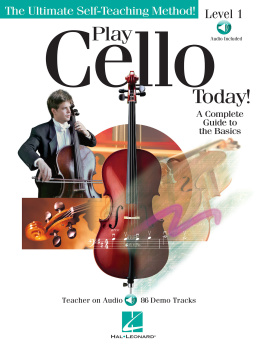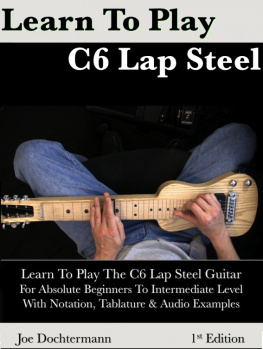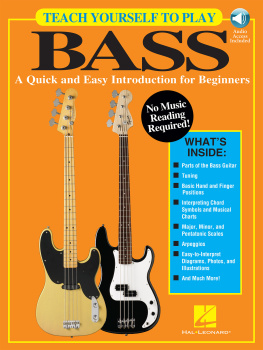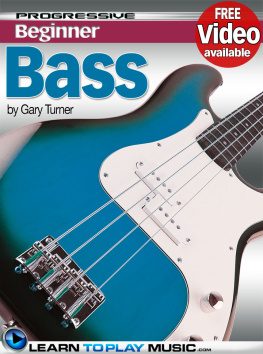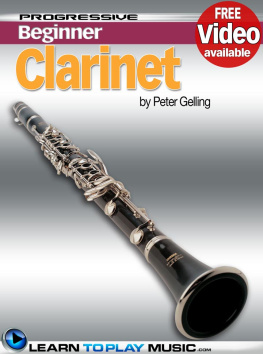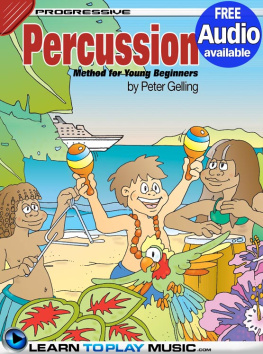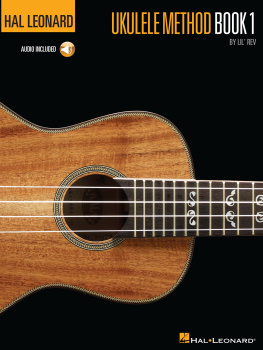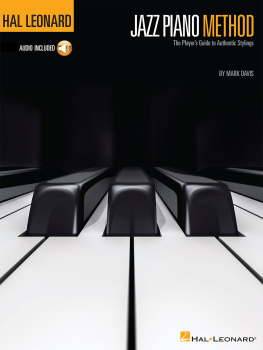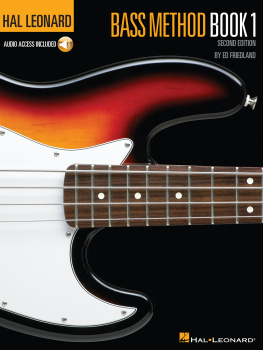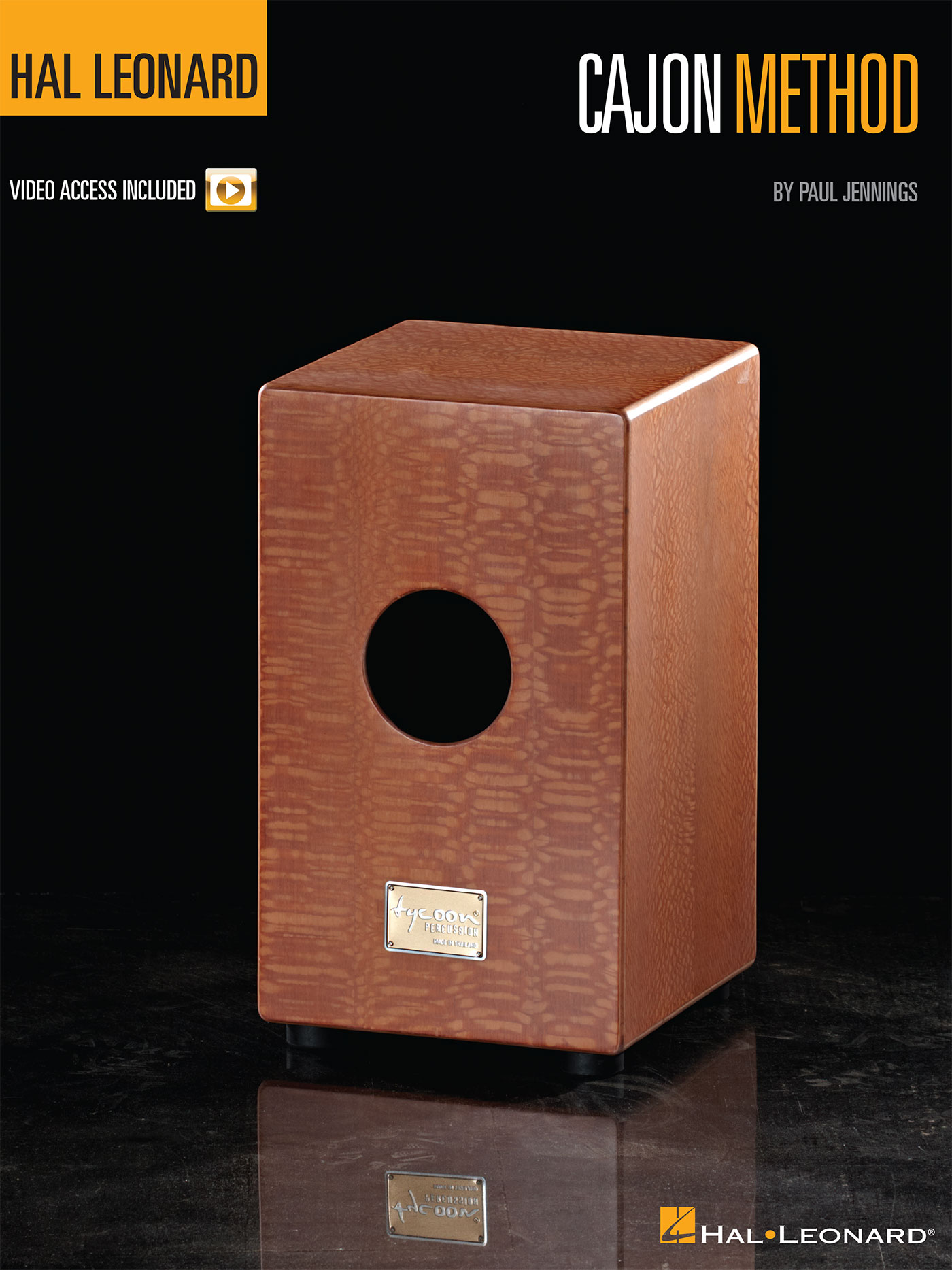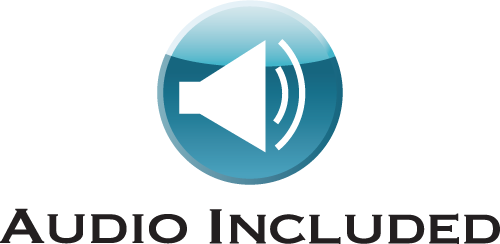Unauthorized copying, arranging, adapting, recording, Internet posting, public performance,
or other distribution of music in this publication is an infringement of copyright.
Infringers are liable under the law.
7777 W. Bluemound Rd.
Hal Leonard Australia Pty. Ltd.
Table of Contents
Changing the Pitch
of Your Cajon
PART 1: THE BASICS
About the Cajon
The cajon is believed to have originated with the Afro-Peruvian people of costal Peru in the early 1800s, when slave musicians, brought from West Africa, decided to use shipping crates as drums in order to continue their music and dancing traditions. The Afro-Peruvians sat on top of the crates and played with their hands to create the rhythms. Over the next 100 years, the Afro-Peruvian culture developed, and the cajon was born.
In its early years, the cajon was used to accompany the traditional Afro-Peruvian dances, such as Zamacueca, Festejo, and Lando. Other types of cajon drums also emerged in Cuba and other countries in Latin America. In the 1970s, Rubem Dantas, the percussionist for flamenco guitarist Paco De Lucia, was gifted a cajon whilst on tour in Peru. Dantas brought the cajon back to Spain and began using the instrument in flamenco music. By doing so, he began a movement that would eventually establish the cajon as a principle instrument of the flamenco tradition.
Traditional Afro-Peruvian cajons have no snare system. After the cajon reached Spain, guitar strings were fixed to the back of the playing surface (the tapa), resulting in a rattle on the slap tone like that of a snare drum. This became characteristic of the flamenco cajon sound. It is now common for modern cajon drums to have snare wires, or even a snare mechanism, as part of the instrument, which gives the cajon, with its powerful bass tone and snare crack, the sound like that of a drum set in a box.
You can now hear the cajon being used in a great many musical genres. Its popularity and reputation as one of the worlds most versatile percussion instruments is growing faster by the day. Welcome to the wonderful world of the cajon!
Anatomy of the Cajon
The cajon is a box drum comprised of two side panels, one back panel (usually where the sound hole is located), one top panel, one bottom panel, and one front panel, which is where the cajon is played. The front panel is sometimes called the tapa.
Playing Position
The cajon is designed to be played on the front surface while sitting on the top. It is important to maintain a good, relaxed posture while playing. Listed below are the general guidelines for maintaining a good playing posture:
Sit on top of the cajon, near the back, so that you have good access to the playing surface. Place your hands on the front (playing surface) of your cajon.
Place both feet on the ground to either side of your hands.
Try to keep your back straight but stay relaxeddont slouch or hunch over.
Most tones, including the bass tone, are achieved within the top eight inches of the cajon.
Notation Key
Conventional music notation is written as notes on a staff. A staff has five lines with four spacesone space between each line.
NOTATION SYMBOLS
Where a note is placed on the staff usually determines the pitch of the note. The notation used in this book for cajon is slightly different. A notes placement on the staff will determine what tone of the cajon is being used. There are also different symbols for each tone of the cajon, which will make the notation easier to follow.
Other Musical Symbols
Other musical symbols are also used in this book.
Accent: r
Accents are notes played with a greater emphasis. When you play a note with an accent symbol, you should play that note louder than the other notes.
Tie: K
A tie is a curved symbol that ties two notes together. You play the first note and sustain it through the value of the tied note, as well.
Hands:
The letters R and L tell you which hands to use for each beat. R = right hand, L = left hand.
Important: All the lessons in this book are taught with a right-hand lead. If you are left-handed or feel more comfortable playing with a left-hand lead, feel free to reverse the hand directions.
Reading Note Values
To be able to understand the lessons in this book, you will need to understand note values (how long each note lasts). Each note symbol represents a different value. A whole note lasts for one whole bar (or measure), a half notes value is half of a whole note, and a quarter notes value is a quarter of a whole note, etc. We can keep subdividing all the way down to what are called 64th notes (and more, theoretically!).
The note-value tree shown above subdivides the note values down to 16th notes.
COUNTING
The majority of modern Western music is notated and counted by dividing the rhythmic pulse into groups of four, meaning four separate beats. This is counted as: one, two, three, four. These would be quarter notes.

